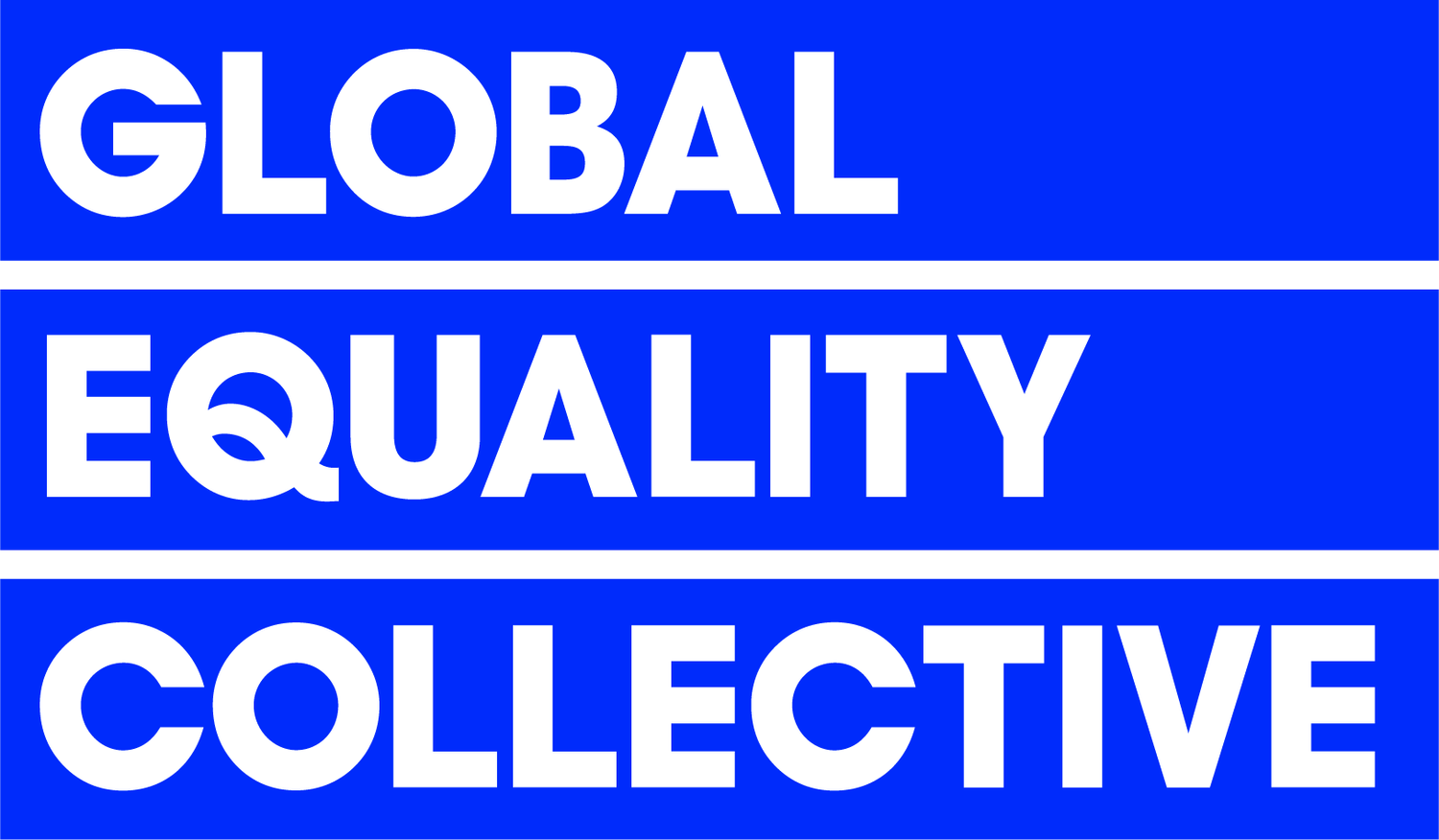GEC Inclusion Index - Staff - Key Behavioural Area 9
Curriculum
“The curriculum is diverse and inclusive for our students.”
43.1% agree
⬆ Improving Trend
So what?
Curriculum isn’t neutral. It shapes identity, belonging, and aspiration. But in our 26,000 Voices dataset, less than half (43.1%) of staff say they feel their curriculum is diverse and inclusive for their students. Under half agreed that their school’s curriculum represented their local community.
This is more than a missed opportunity — it’s a systemic exclusion that affects staff and students alike.
Staff were vocal about the disconnect:
“We’re in a diverse city — but our English texts are 90% white, male, and dead.”
“There’s a disconnect between our hallways and our curriculum.”
📊 Global Majority staff in particular expressed frustration at having to deliver content that misrepresented or erased their own communities — or being expected to single-handedly “diversify” lessons:
“I’m tired of being the only one questioning this. It feels like I’m making a fuss.”
SEND and neurodivergent staff also raised concerns about rigidity, lack of differentiation, and inaccessible design:
“Our curriculum doesn’t reflect learning diversity. It’s rigid and linear.”
Those who held multiple marginalised identities, such as being both neurodivergent and Global Majority, frequently reported having zero input into curriculum design — despite their insights being essential to inclusion.
The GEC Platform: Proven Solution
The GEC Platform helps schools understand whose histories, stories, and identities are missing — and supports co-creation of inclusive, community-rooted content.
📊 Key Findings from 26,000 Voices:
Only 43.1% of staff felt the curriculum reflected their community
Representation gaps were highest in Global Majority and SEND-focused settings
Inclusive curriculum work correlated with improved engagement, confidence, and pride
💬 In Their Words:
“The GEC Platform is the platform of our time. I think every school in the country should engage in the GEC movement!”
— Avonwood Primary School (United Learning)
🎯 Why It Works:
The GEC Platform:
Maps inclusion and representation gaps across departments
Encourages whole-staff engagement in curriculum reform
Provides resources and frameworks to diversify content meaningfully
Links lived experience with curriculum planning — not as an add-on, but as a foundation
When inclusion lives in the wider offer, schools build community, confidence, and commitment — for staff and students alike.
What Works?
In schools where curriculum review was collective, reflective, and ongoing, the impact was transformational:
“We reviewed KS3 History with local parents and students. The impact was immediate — engagement soared.”
When staff are included in shaping curriculum, it stops being theoretical — and becomes relevant, representative, and responsive.
🪞 Curriculum should be a mirror (reflecting students' identities)
🪟 …and a window (opening their view to wider worlds)
When it’s neither, inclusion falters.
Next Steps & Free Stuff
Need help diversifying your curriculum?
Our free Cultural Resources library is your one-stop shop for inclusive curriculum content.
From:
GEC Circle blog series supporting anti-racist bookshelves
Our partnership with Mary Myatt's ‘The Teachers’ Collection’
To lived experience stories from teachers and leaders across the UK
You’ll find what you need to bring your curriculum into the now — and ensure it reflects the community you serve.
🔗 Explore Cultural Resources for Curriculum Reform
📊 Use the GEC Score Card to review how well your curriculum reflects your setting — and where representation needs work.






